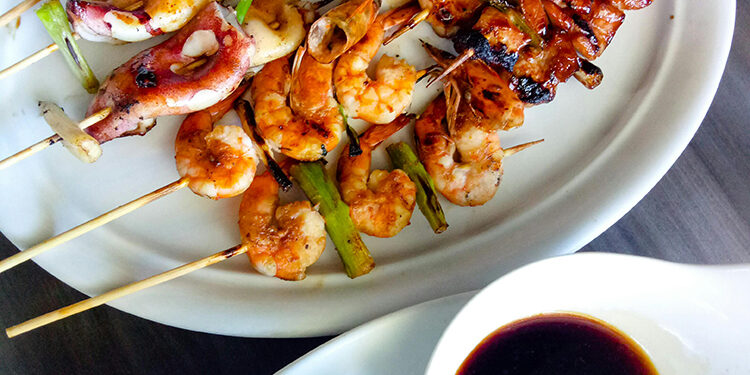**Navigating Life with Anaphylactic Food Allergies**
Anaphylactic food allergies are a critical and life-threatening condition that affects millions of people worldwide. Unlike mild allergic reactions, anaphylaxis can lead to severe physical symptoms within minutes of exposure to the allergen, necessitating immediate medical attention. This blog aims to shed light on the intricacies of managing anaphylactic food allergies, the common culprits, and helpful tips for living a full and safe life with this condition.
**Understanding Anaphylactic Food Allergies**
Anaphylaxis is an acute allergic reaction that can impair breathing, cause a dramatic drop in blood pressure, and affect heart rate, leading to potentially fatal consequences if not treated promptly. The body’s immune system overreacts to a substance, perceived as a threat, releasing chemicals that trigger these severe symptoms. The most common food allergens linked to anaphylaxis include peanuts, tree nuts, dairy products, eggs, shellfish, fish, soy, and wheat.
**Symptoms to Watch For**
Recognizing the early signs of anaphylactic reaction is critical for timely intervention. Symptoms may include:
– Difficulty breathing or wheezing
– Swelling of the lips, tongue, or throat
– Hives or a rash
– Nausea, vomiting, or diarrhea
– Dizziness or fainting
– A sense of impending doom
**Managing Your Allergies**
Living with anaphylactic food allergies means always being vigilant about what you eat and the environments you’re in. Here are some tips for managing your allergies:
**Education**: Understanding your allergy triggers and the potential severity of reactions is the first step. Educate those around you as well—friends, family, colleagues, and educators—so they know how to help in an emergency.
**Avoidance**: Avoiding known allergens is your best defense. This means reading labels carefully, asking about ingredients when eating out, and being cautious with cross-contamination.
**Carry Emergency Medication**: Always carry your emergency medication, such as an epinephrine auto-injector (EpiPen), and ensure it’s within its expiry date. Wearing a medical alert bracelet can also inform others of your condition in an emergency.
**Develop an Action Plan**: Have an allergy action plan in place. This plan should outline what to do in case of exposure, including how and when to use medications and who to contact.
**Seek Support**: Living with severe allergies can be daunting, but you’re not alone. Support groups, whether in-person or online, can offer invaluable advice and empathy from those who understand what you’re going through.
**Conclusion**
Anaphylactic food allergies pose a significant challenge, but with the right knowledge and precautions, individuals can lead safe and fulfilling lives. Awareness and preparedness are key. By taking steps to manage your allergies, educating those around you, and advocating for yourself, you can navigate life with confidence.
Remember, if you or someone you know begins to show signs of anaphylaxis, seek emergency medical help immediately. With vigilance and care, the risks associated with anaphylactic food allergies can be significantly minimized.
Anaphylactic Food Allergies are not a result of a medication shortage. It is a byproduct of the body no longer interacting appropriately with its environment. Although some things can be avoided in our environment this would be the equivalent of putting a bandaid over a sliver, the problem might be covered but it is still there. Symptoms tell us when something is out of balance in our bodies so we can work to fix it. Contact us today to try nomoSIK for your Anaphylactic Food Allergies.
It is important to note that the NOMOSIK therapy has not been evaluated by the FDA and is not intended to diagnose, treat, prevent or cure any disease. It specifically tests and treats for neuro-physiological imbalances in the body. Please see reviews of the amazing recoveries patients have noted with their illness and allergies following treatment of these imbalances. These treatments do not constitute the practice of medicine and are intended solely for the purpose of addressing muskulo-skelital conditions through alternative therapeutic means.

